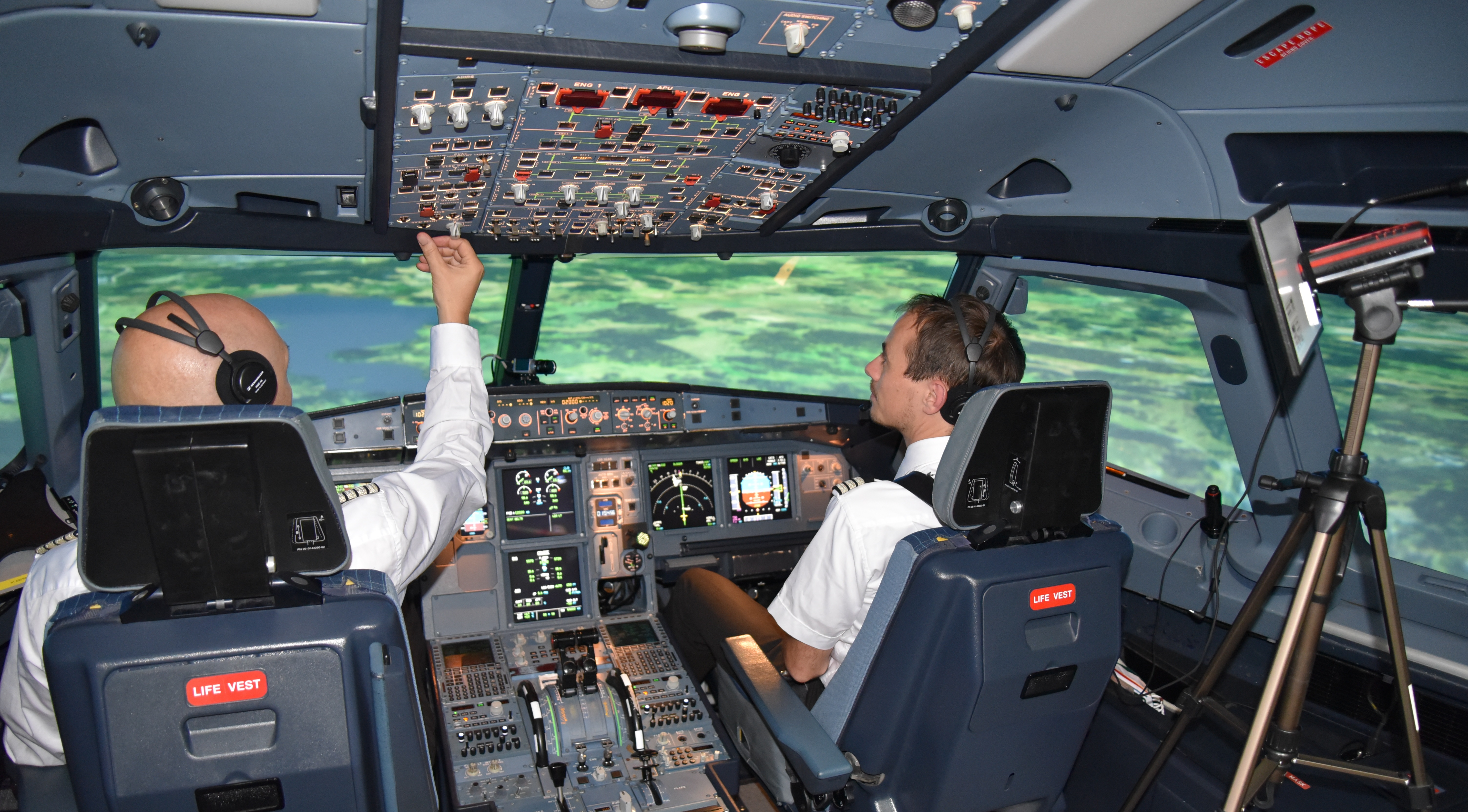 Aviation is another research area where eye tracking methodology can help to investigate and improve the interaction between a user (i.e., the pilot and/or co-pilot) and an interactive system (i.e., the instruments in the cockpit) while moving through space. Among the most important aspects considered in this field of research are a pilot’s:
Aviation is another research area where eye tracking methodology can help to investigate and improve the interaction between a user (i.e., the pilot and/or co-pilot) and an interactive system (i.e., the instruments in the cockpit) while moving through space. Among the most important aspects considered in this field of research are a pilot’s:
- Performance,
- Situation awareness and
- Workload
while solving different tasks during different segments of flight.
To quantify these metrics, eye tracking data are combined with other measurements, such as changes in heart rate, head movements, or skin conductance. These data may help in determining both, the mental workload of a pilot, and her situation awareness by analyzing the distribution and sequence of visual attention on certain elements of the cockpit.
The obtained insights will be used to develop novel interaction techniques and evaluated concerning their applicability for training purposes. In particular, the aim is to find methods allowing for a more efficient and more effective interaction with the aircraft and pilot training.
Current and former projects on Aviation:
- Enhanced flight training program for monitoring aircraft automation
- Pilot Eye Gaze and Gesture tracking for Avionics Systems using Unobtrusive Solutions
- The Expanded Flight Deck – Improving the Weather Situation Awareness of Pilots
- D-CEET: Digital Cabin Emergency Evacuation Trainer
Read also all our news posts tagged with “Aviation“
